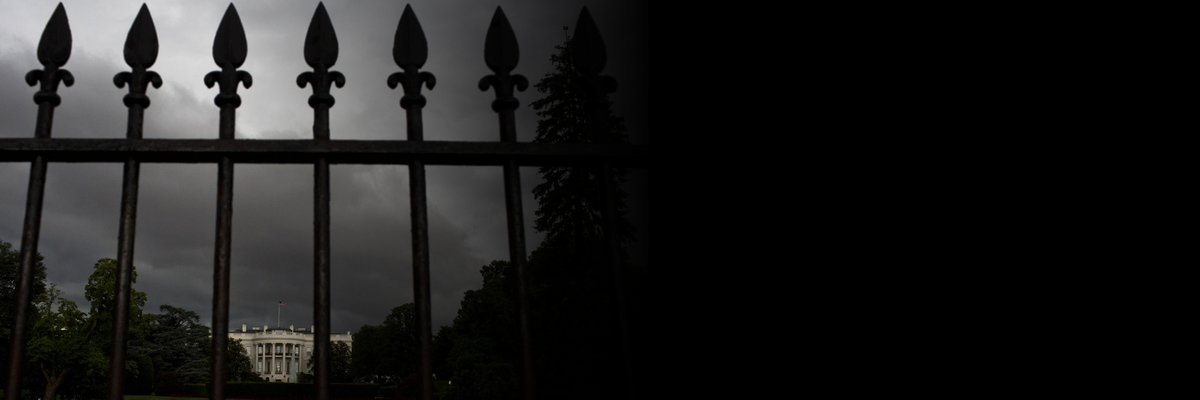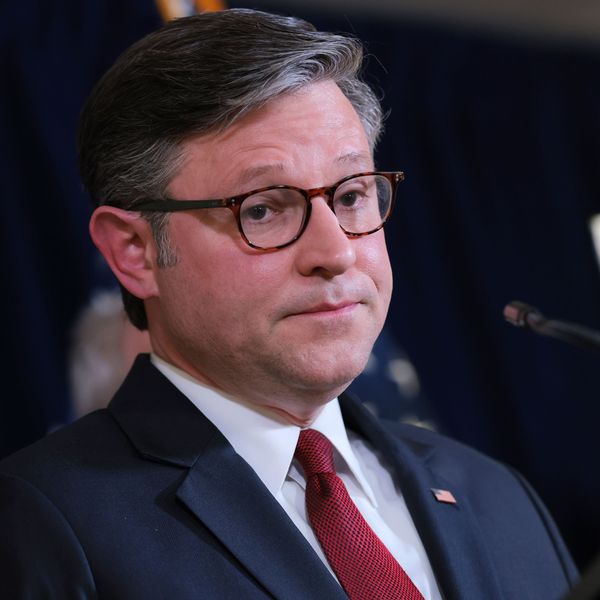Critics were quick to question the official narrative after the Pentagon announced Monday that a combination of U.S. drone and air strikes killed 150 "fighters" in Somalia on Saturday.
The Bureau of Investigative Journalism called the death toll "unprecedented"--the highest in a U.S. counter-terrorism strike yet recorded anywhere since the group launched in 2010.
The Department of Defense claimed in a press release that the alleged militants were affiliated with al-Shabaab, "which is a terrorist group affiliated with al-Qaeda." It said the fighters "posed an immediate threat" to U.S. and African Union forces in the country.
But experts cautioned against taking the government at its word.
Also Monday, a senior White House official pledged to release, for the first time, how many terrorism suspects and civilians the U.S. has killed in drone strikes in Yemen, Pakistan, Libya, Somalia, and other nontraditional battlegrounds since 2009.
"Not only is greater transparency the right thing to do, it is the best way to maintain the legitimacy of our counter-terrorism actions and the broad support of our allies," Barack Obama's counter-terrorism and homeland security adviser Lisa Monaco said in a speech to the Council on Foreign Relations.
In November of last year, four former U.S. Air Force drone operators issued a public letter warning that the United States' ongoing targeted killing program has led to civilian casualties and "is one of the most devastating driving forces for terrorism and destabilization around the world."
And last year's "Drone Papers" from The Intercept offered a full picture of the U.S. government's use of lethal force in areas outside of active hostilities, such as Yemen and Somalia, where the United States was not engaged in an armed conflict under the laws of war, as well as in Afghanistan.


